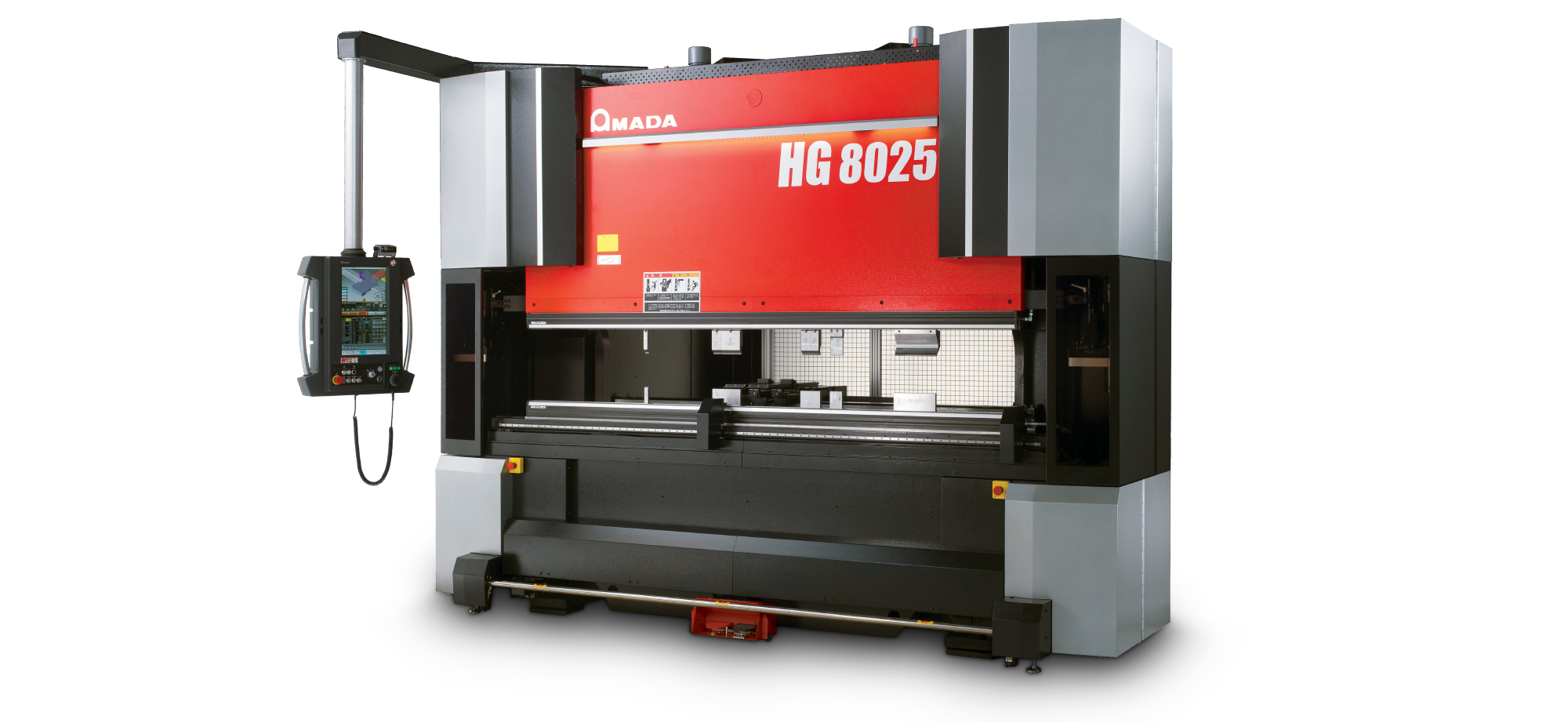Hydraulic press brakes are used for bending in thick heavy sheets and also for making complex bends in thin material. There are two varieties of press wheels: hydraulic and mechanical. Since large amounts of power are required to bend sheets or plates, hydraulic presses are generally more suitable for each job.
Hydraulic presses can be found in capacities of over 50,000 metric tons. They are highly superior in tasks requiring constant stroke length, hydraulic steering clutch, wide variation in stroke length and steady pressure during constant pressure during variable or high forces.

Image Source: Google
The performance of hydraulic press brakes, then you want to learn how it works. Since hydraulic press brakes are made up of very few elements, they can be difficult to monitor. So, here is a simple list of components.
Hydraulic Fluid
Hydraulic fluid is transmitted through different areas of the machine. The high-pressure hydraulic pump is pumped from the hydraulic fluid, thus producing a highly active liquid. This fluid travels in electrons (actuators) in which it provides a large amount of power to the piston, which acts as a bending device.
After providing the energy, hydraulic fluid travels back into the pump to recover its power and continue the functioning of their machine. The liquid is generally petroleum oil with many additives.
Hydraulic pump
The Hydraulic pump generates the energy which energizes the hydraulic fluid and transmits it through the system to perform the pressing operations. The energy density of hydraulic motors is ten times that of electrical motors by quantity.